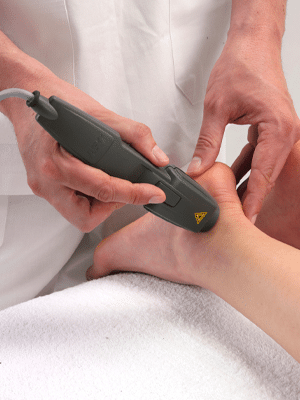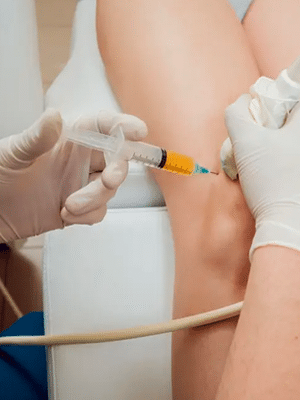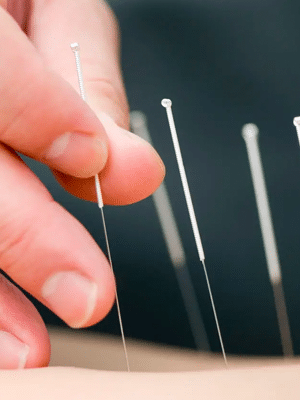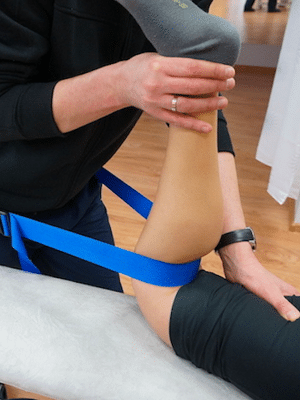Our hips are one of the primary weight-bearing joints in our bodies, playing a crucial role in our mobility and stability. Therefore, preserving the health and function of this vital joint is essential. The hip, being a ball-and-socket joint, is designed to withstand repeated motion and a fair amount of wear and tear. It requires a combination of muscles and tendons to function optimally.
Hip Pain
Hip pain conditions we can treat
Hip Fracture is often caused by a fall or a direct blow to the hip, particularly common among the elderly due to weakened bones. Symptoms include severe pain in the hip or groin, inability to move immediately after a fall, and difficulty walking or bearing weight.
Osteoarthritis of the hip is a degenerative joint disease leading to the wearing away of the hip joint cartilage. Age is a common factor, but previous joint injuries can also accelerate this condition. Symptoms include joint stiffness, pain, and reduced range of motion.
Bursitis involves the inflammation of the bursae, which are small, jelly-like sacs located throughout the body, including around the hip joint. It often results from repetitive activities that overwork or irritate the hip joint, leading to pain, swelling, and tenderness.
Tendinitis is caused by inflammation or irritation of the tendons, the thick bands of tissue that attach bones to muscles. It typically results from repetitive strain or sudden increase in activity. Symptoms include pain, tenderness, and mild swelling in the area around the hip.
Labral Tear refers to a tear in the labrum, the ring of cartilage that follows the outside rim of the socket of your hip joint. This condition can result from trauma, structural abnormalities, or repetitive motions and can cause pain, stiffness, and mobility issues.
Sciatica is a condition that can cause pain to radiate from the sciatic nerve down the back of the leg, often affecting one side of the body. When it originates in the hip, it can cause significant discomfort and weakness in the area.
Muscle Strains are common in the hip area, especially among athletes. Strains can occur in any of the muscles around the hip and thigh due to overuse or sudden contraction. Symptoms include pain, swelling, and reduced muscle strength.
Treatments for hip pain
Book your appointment today with one of our professionals
Hip pain can make even simple movements—like walking, standing, or getting out of bed—painful and frustrating. Whether your discomfort is due to bursitis, arthritis, hip impingement, tendon injuries, or muscle imbalances, identifying the root cause is key to effective treatment.
At Foot, Ankle & Body Experts Health Clinic, our experienced practitioners use Diagnostic Ultrasound and Bio-Mechanical assessments to analyse your movement patterns, joint function, and soft tissue health. If necessary, we may also refer you for an X-ray to check for structural issues such as hip joint degeneration or impingement.








